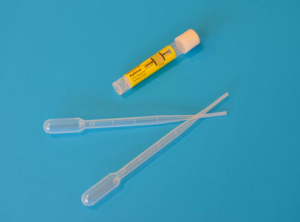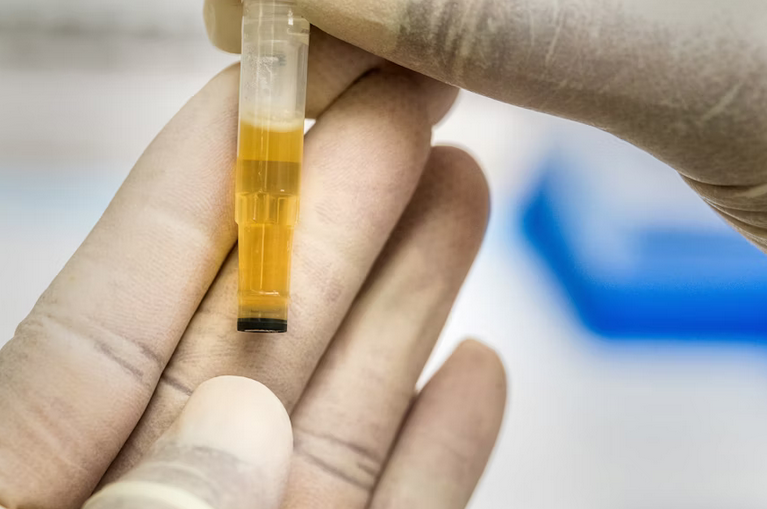
Urine drug testing is one of the most widely used screening tools in healthcare, employment, and legal settings. It provides a quick and reliable way to detect the presence of drugs or their metabolites in the body. While the process may seem simple, there is science and procedure behind every step. Understanding how it works helps people know what to expect and why it matters.
The Basics of Urine Drug Testing
The U-Pass urine drug test is designed to identify traces of substances that the body has processed. When a person consumes drugs, whether prescribed or illegal, their body metabolizes them into byproducts. These byproducts exit the system in different ways, one of the main ones being urine. By analyzing a sample, laboratories can determine if certain drugs are present.
Common Substances Detected
Most urine drug tests look for categories of substances rather than individual drugs. These include opioids, cannabinoids, amphetamines, cocaine, benzodiazepines, and barbiturates. Some tests also check for alcohol, nicotine, or synthetic drugs. The substances that show up depend on the type of panel used. A basic panel might only test for a few categories, while an expanded panel can include many more.
Detection Window
The time drugs remain detectable in urine varies. Some substances pass through the system quickly, while others linger. For instance, cocaine might be detectable for one to three days, while cannabis could remain for weeks, depending on usage habits. This variability makes urine drug testing both helpful and sometimes challenging. It provides a useful snapshot of recent drug use but does not always reveal long-term patterns.

The Testing Process
The actual process is straightforward. An individual is asked to provide a urine sample, usually under conditions that reduce the risk of tampering. The sample is then sealed, labeled, and sent to a laboratory. Initial screening is often done with an immunoassay test, which is fast and cost-effective. If results come back positive, a confirmatory test such as gas chromatography–mass spectrometry (GC-MS) is performed. This second step helps ensure accuracy and rules out false positives.
Accuracy and Limitations
Urine drug tests are considered reliable, but they are not perfect. Certain foods, medications, and even health conditions can sometimes cause misleading results. That is why confirmatory testing is critical. Laboratories and medical professionals approach the process with utmost care to avoid misinterpretation. Still, it is important to remember that these tests detect presence, not impairment. A positive result does not necessarily mean someone is currently under the influence.
Why They Are Used
Urine drug testing serves different purposes. Employers may use it to maintain a safe work environment, especially in industries where alertness is essential. Doctors use it to monitor patients on controlled medications and to prevent harmful interactions. Courts may order it to ensure compliance with probation or rehabilitation programs. Each use case has a unique set of standards, but the underlying goal is the same: to promote safety and accountability.
Advances in technology are shaping how these tests are performed. Laboratories are working on faster and more precise methods to detect a wider range of substances. Some developments aim to reduce turnaround times while keeping costs manageable. Others focus on improving sensitivity so smaller amounts can be identified. As innovation continues, urine drug testing will likely remain a trusted tool in both clinical and non-clinical settings.…
